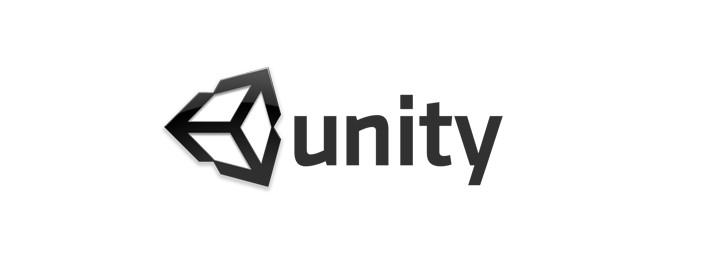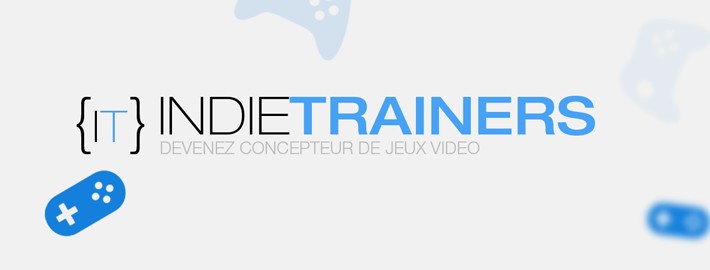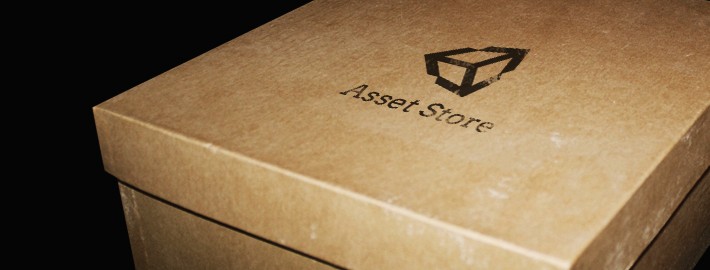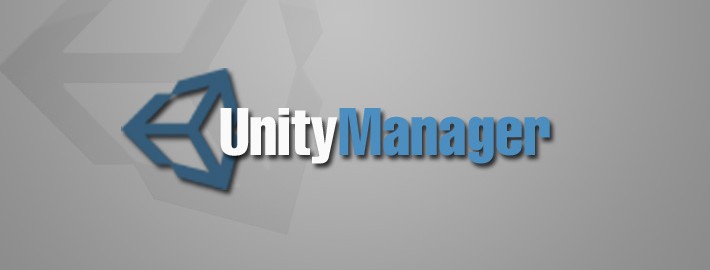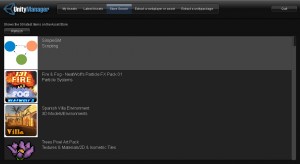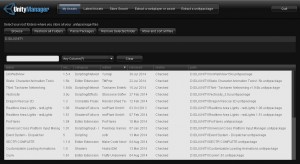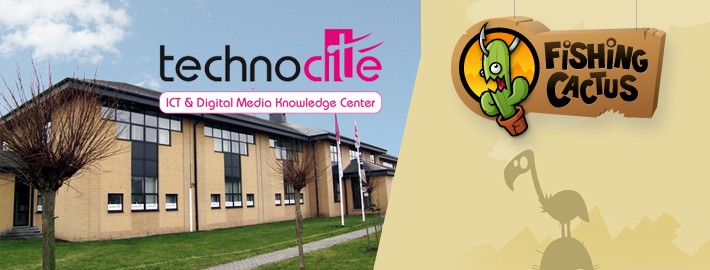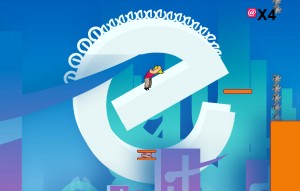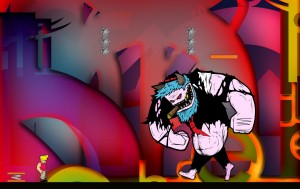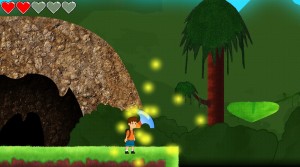https://www.exoa.fr/wp-content/uploads/2015/12/blog_thumb_geo_master.jpg
284
710
admin
https://www.exoa.fr/wp-content/uploads/2018/04/logo3-1.png
admin2015-12-02 13:52:572015-12-02 13:52:57Geo Master est sur Greenlight !
https://www.exoa.fr/wp-content/uploads/2015/09/blog_thumb_unity.jpg
284
710
admin
https://www.exoa.fr/wp-content/uploads/2018/04/logo3-1.png
admin2015-10-12 20:14:112018-04-04 01:54:21[TUTORIAL] Unity3D - Signing and Packaging your game for the Mac AppStore and Outside !
https://www.exoa.fr/wp-content/uploads/2015/09/blog_thumb_unity.jpg
284
710
admin
https://www.exoa.fr/wp-content/uploads/2018/04/logo3-1.png
admin2015-10-09 15:49:422018-04-04 01:54:43Unity3D - Tips when building your game with an Editor script
https://www.exoa.fr/wp-content/uploads/2015/09/blog_thumb_unity.jpg
284
710
admin
https://www.exoa.fr/wp-content/uploads/2018/04/logo3-1.png
admin2015-09-26 18:24:422015-09-26 19:20:46NSAppTransportSecurity fix for Unity3D and iOS 9
https://www.exoa.fr/wp-content/uploads/2015/09/blog_thumb_unity.jpg
284
710
admin
https://www.exoa.fr/wp-content/uploads/2018/04/logo3-1.png
admin2015-09-26 18:20:092015-09-26 19:20:35Unity3D - incrementing build version number automatically
https://www.exoa.fr/wp-content/uploads/2014/08/blog_thumb_indietrainers.jpg
284
710
admin
https://www.exoa.fr/wp-content/uploads/2018/04/logo3-1.png
admin2014-08-19 14:39:412014-08-19 14:40:29IndieTrainers - Nouveau centre de formation Unity3D !
https://www.exoa.fr/wp-content/uploads/2014/08/blog_thumb_assetstore.jpg
284
710
admin
https://www.exoa.fr/wp-content/uploads/2018/04/logo3-1.png
admin2014-08-12 06:50:002014-08-12 06:50:00AssetStore "Layered Scene Screenshot"
https://www.exoa.fr/wp-content/uploads/2014/08/blog_unity_manager.jpg
284
710
admin
https://www.exoa.fr/wp-content/uploads/2018/04/logo3-1.png
admin2014-08-12 06:18:142014-08-12 07:21:32UnityManager Update
https://www.exoa.fr/wp-content/uploads/2013/11/blog_thumb_fishing.jpg
284
710
admin
https://www.exoa.fr/wp-content/uploads/2018/04/logo3-1.png
admin2014-05-28 10:08:042014-05-28 11:23:37Formation en développement Unity3D
https://www.exoa.fr/wp-content/uploads/2014/01/blog_thumb_chrismas.jpg
284
710
admin
https://www.exoa.fr/wp-content/uploads/2018/04/logo3-1.png
admin2014-01-24 15:42:432014-01-24 15:51:34Christmas Vengeance - Unity3D mobile prototype
Faire défiler vers le haut



